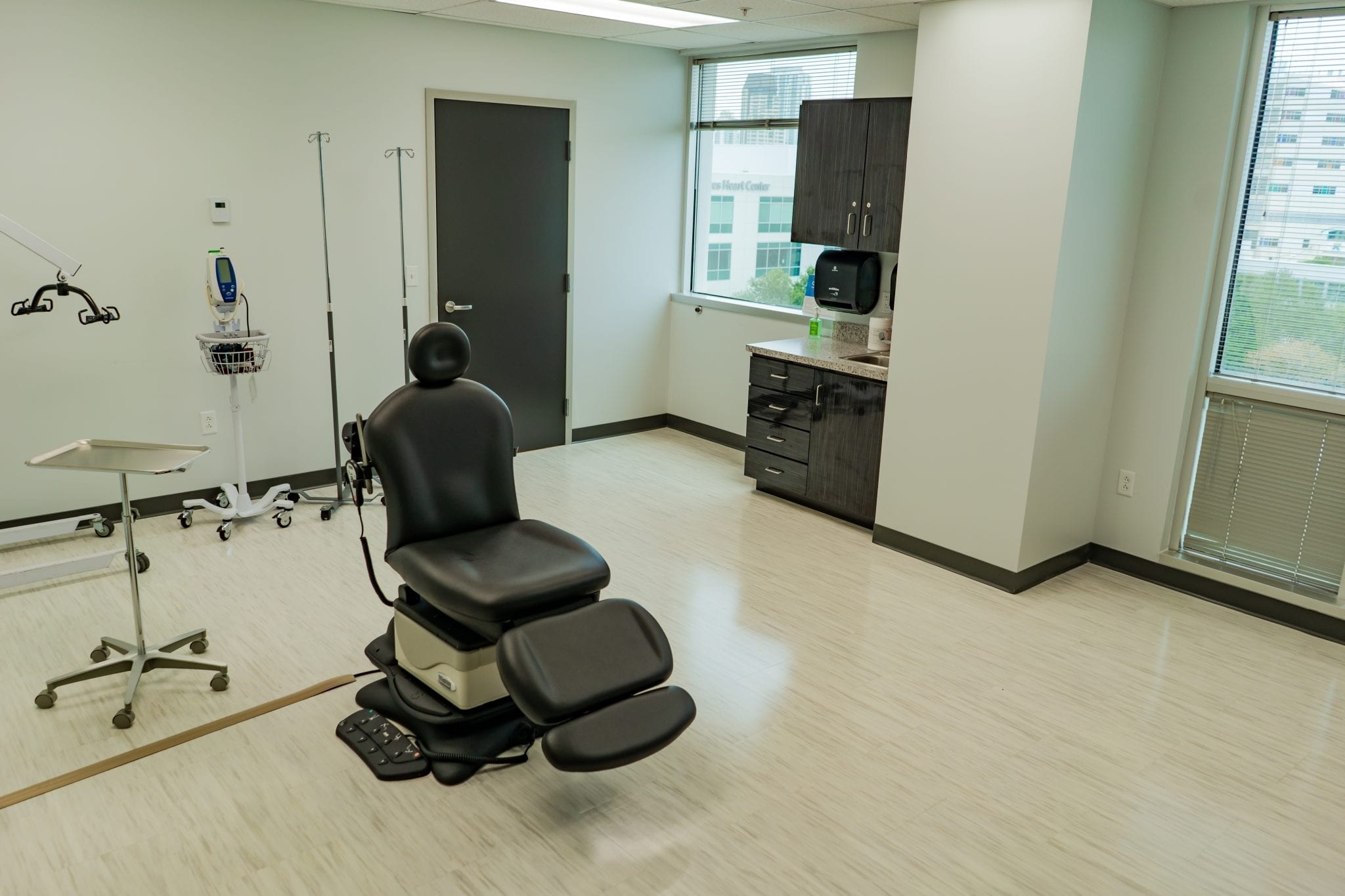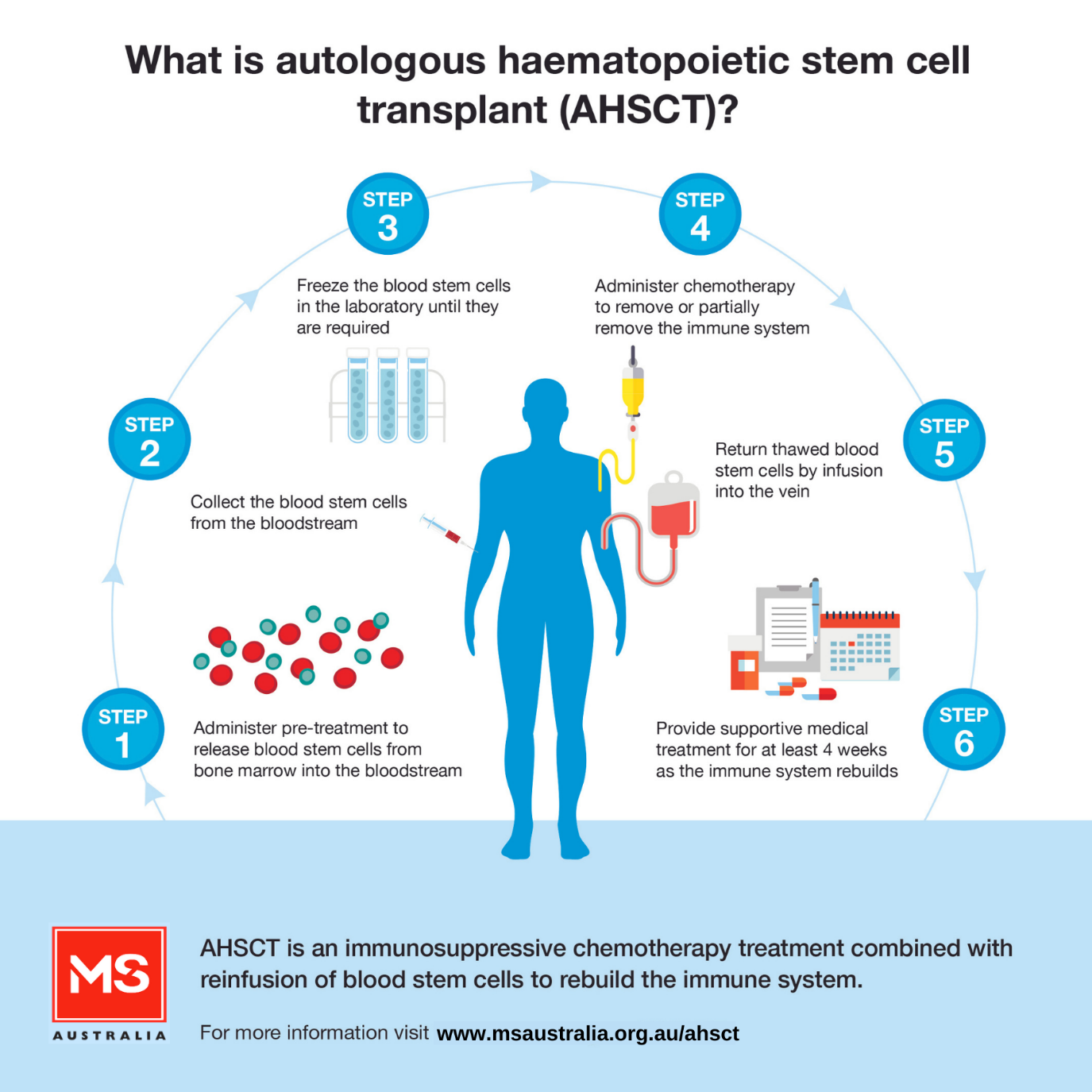Getting The Regenerative Medicine For Multiple Sclerosis To Work
The Buzz on Regenerative Medicine For Multiple Sclerosis
Table of ContentsThe Basic Principles Of Regenerative Medicine For Multiple Sclerosis The Facts About Regenerative Medicine For Multiple Sclerosis UncoveredRegenerative Medicine For Multiple Sclerosis Can Be Fun For EveryoneRegenerative Medicine For Multiple Sclerosis Can Be Fun For AnyoneTop Guidelines Of Regenerative Medicine For Multiple SclerosisExcitement About Regenerative Medicine For Multiple SclerosisIndicators on Regenerative Medicine For Multiple Sclerosis You Need To Know
The mesenchymal stem cells transplanted throughout stem cell therapy can separate and grow to develop brand-new cells that can take the place of the damaged cells of the nervous cells. This may restore neurological functions in individuals with this problem. These advantages of stem cell treatment are additional supported by the ability of MSCs to promote recovery.Patients with multiple sclerosis are typically treated with mesenchymal stem cells. These are multipotent stem cells that have the capability to differentiate and mature to form a wide variety of cell kinds in the body. When hair transplanted, these stem cells can establish to form healthy nerve cells therefore sustaining the regeneration of the broken tissues of the nerve system.
When transplanted, the stem cells move to areas of swelling or damages within the main anxious system (CNS). They are naturally attracted to the sites of injury where the body immune system is assaulting the myelin sheath, the protective treatment of nerve fibers. The stem cells work by advertising the repair work and regrowth of damaged myelin, possibly recovering function to influenced afferent neuron.
The 10-Second Trick For Regenerative Medicine For Multiple Sclerosis
Stem Cell Research Study on MS The National Multiple Sclerosis Society, along with other organizations, is proactively funding and sustaining research study right into mesenchymal stem cell treatment for multiple sclerosis to explore their potential and enhance therapy methods. The goal is to establish safer and a lot more effective methods to utilize stem cells in dealing with MS.
Fascination About Regenerative Medicine For Multiple Sclerosis
Here are right here from evaluations of people Swiss Medica clinic. The person traveled from Romania seeking treatment for MS after hearing positive comments regarding stem cell therapy for the illness.
Get a totally free online appointment to discover exactly how stem cells will certainly benefit your instance, and what are the duration and expense of the treatment. Clinical Advisor, Swiss Medica physician Lemus, H. N., Warrington, A. E., & Rodriguez, M. (2018 ). Several Sclerosis: Mechanisms of Disease and Techniques for Myelin and Axonal Fixing.
Examine This Report on Regenerative Medicine For Multiple Sclerosis

Stem cells are cells in the body that can grow right into specialized cells that offer a specific function. They are additionally able to produce exact copies of themselves. There are 2 primary sorts of stem cells: embryonic stem cells and adult stem cells. are located in the developing embryo and can mature into the majority of sorts of cells in the body.
are located in some grown-up tissues and organs consisting of the bone marrow, skin, blood, and mind. Adult stem cells are not as adaptable as embryonic stem cells and are therefore much more restricted in terms of the kinds of cells they mature right into. The one-of-a-kind residential or commercial properties of stem cells supply assurance for brand-new treatments that can slow/halt MS disease activity and repair service cells damages in the main nerve system.
4 Easy Facts About Regenerative Medicine For Multiple Sclerosis Explained

The treatment entails gathering stem cells from an individual's own (autologous) bone marrow. The individual is after that treated with chemotherapy to diminish the immune system and stem cells are reintroduced into the body where they develop into new, healthy immune cells - Regenerative Medicine for Multiple Sclerosis. Stem cells can be infused into the body in various ways

In 2000, the MS Culture of Canada and MS Scientific Study Structure moneyed a professional trial including HSC transplants, led by Drs. Mark Freedman and Harry Atkins from the Ottawa Medical Facility Research Institute/University of Ottawa. read this The aHSC treatment offered in Canada is a treatment that uses high-dose radiation treatment, likewise called conditioning.

Unknown Facts About Regenerative Medicine For Multiple Sclerosis
Neural stem cells (NSC) are found in the mind and can develop into different kinds of mind cells including nerve cells, oligodendrocytes, and astrocytes. NSCs may serve to repair or safeguard the brain and modulate the immune system. Early clinical tests in non-human primates showed that treatment with NSCs benefitted the development of MS-like condition in pet versions.
The click results from these safety and security research studies declare for future stem cell and regenerative medicine treatments in MS. Future clinical tests (stage 2 and 3) with larger numbers of participants and controls are required to evaluate the effectiveness of this treatment for MS. As shown by the instances above, there is a vast variety of research occurring that will provide added responses concerning the use of stem cells to treat MS.
Stem cell treatment is taken into consideration safe, yet, like any type of clinical treatment, it carries some risks, such as short-term swelling or pain at the injection site. Nonetheless, severe negative effects are rare when performed by certified specialists.
The Greatest Guide To Regenerative Medicine For Multiple Sclerosis
Numerous sclerosis (MS) is a chronic illness of the main nervous system that affects the brain and spine cable. It is characterized by the destruction of myelin, a substance that covers nerve fibers, leading to disruptions in communication between the Find Out More mind and the remainder of the body. Signs and symptoms can differ extensively and consist of muscular tissue weakness, vision issues, inequality, and fatigue.
Several sclerosis is characterized by the immune system erroneously assaulting the safety sheath (myelin) that covers nerve fibers, triggering interaction problems in between the brain et cetera of the body. The disease can lead to the damage or irreversible damages of nerves. Symptoms vary widely among patients and can include tiredness, wheelchair issues, pain, and cognitive adjustments.